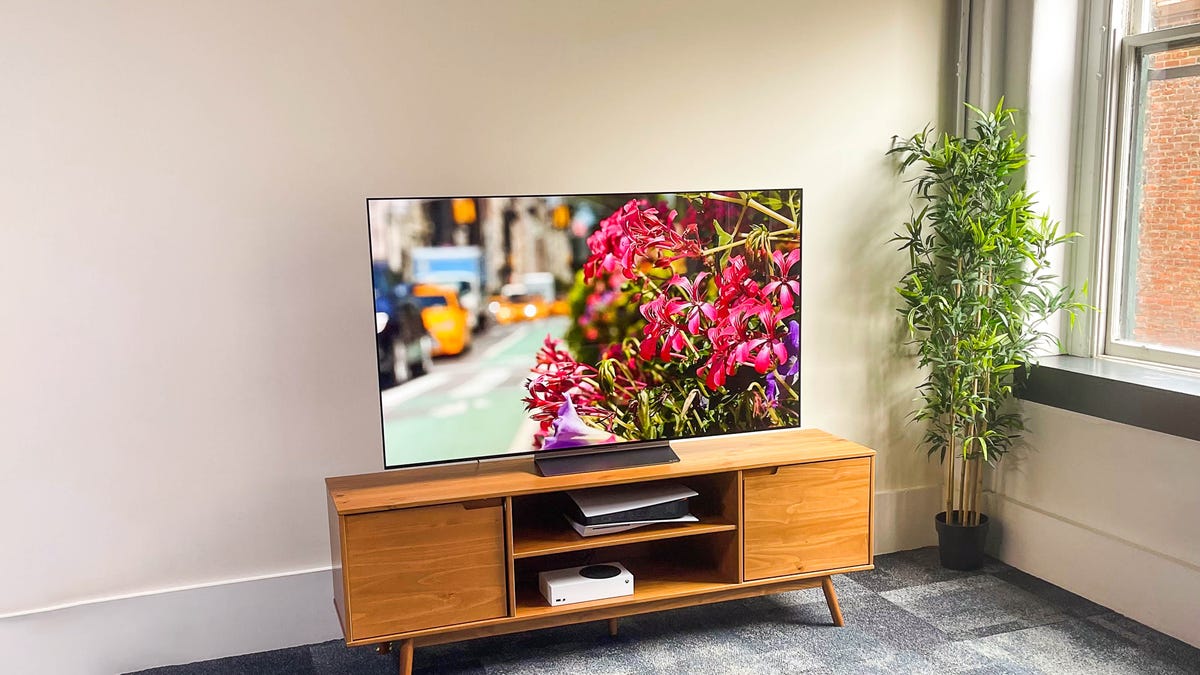Two new Bravia TVs for 2025
With all of the TVs available today, and all of the technical terms and jargon associated with television technology, it can be tough to figure out what’s important. Here’s a quick guide to help cut through the confusion.
Picture quality: Broadly speaking, the type of display technology helps dictate how good a TV’s picture quality is, but OLED is typically the best display technology, and this is followed by LCD (including QLED, and Mini LED). OLED tends to look the best because it doesn’t need a backlight, and every pixel can be either on or off, leading to great black levels. In comparison, each LED in a backlight illuminates multiple pixels at a time so it isn’t as precise — it’s not yet 1:1. Even so, look for full-array local dimming, mini-LED and 120Hz refresh rate, which (unlike some other extras) do help improve the picture in my experience. Additionally, if a TV uses Quantum Dots it often leads to better color performance, whether it’s an OLED or an LCD.
Brightness: One of the biggest variables when buying a TV is how bright it can get. In general, LCD and LED tend to be the brightest types with up to 3,000 nits of brightness in my testing, which is very bright. As a comparison, HDR streaming on Netflix is usually capped at 1,000 nits, and this is enough for most people. Paying more for a TV usually means you’re paying for a brighter picture, and 4K Blu-rays and consoles can make the most of this extra brightness.
Price: 4K TVs range in price from around $400 to more than $2,000. Smaller screens are cheaper, well-known brands are more expensive, and spending more money can also get you better image quality. Most entry-level TVs have a good enough picture for most people, but TVs last a long time, so it might be worth spending more to get a better picture. It’s also best to shop for a TV in the fall when prices are lower.
Screen size: Bigger is better in our book. We recommend a size of at least 43 inches for a bedroom TV and at least 55 inches for a living room or main TV — and 65 inches or larger is best. More than any other “feature,” stepping up in TV screen size is the best use of your money. One of the most common post-TV-purchase complaints we’ve heard is from people who didn’t go big enough. We rarely hear people complain that their TV is too large.
Features: Among entry-level 4K TVs, the most important feature is what kind of smart TV system the TV uses. Among midrange models, look for a feature including full-array local dimming, mini-LED and 120Hz refresh rate, which (unlike some other extras) do help improve the picture in our experience. Among high-end TVs, OLED technology is your best bet.
For more TV buying advice check out our page on how to buy a TV.
Read the full article here


